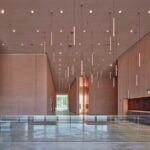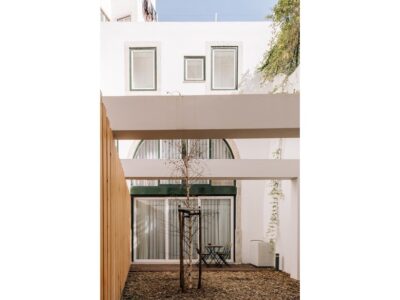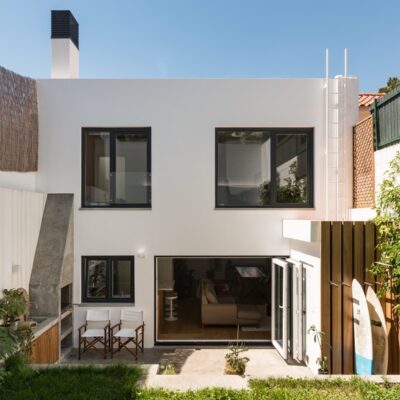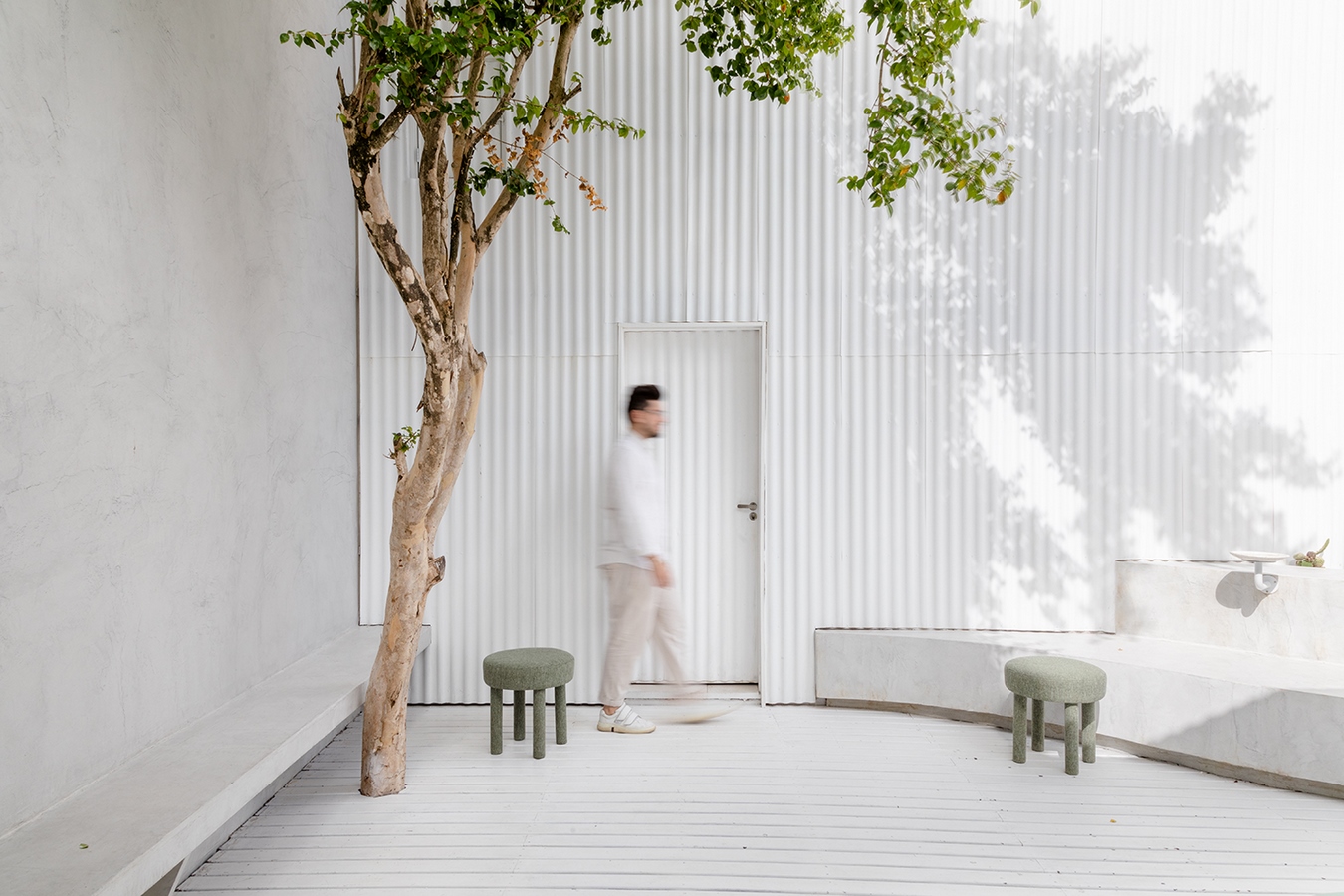Contextual Integration
Nestled within the heart of Warsaw, Poland, the Polish Army Museum, designed by WXCA, serves as a bridge between the nation’s rich history and its vibrant urban present. Located atop the historic Warsaw Citadel, a testament to the city’s past, this museum complex revitalizes a once-restricted area, offering a panoramic view of the Vistula River.

Architectural Ensemble
Comprising two buildings designed by WXCA, the museum complex embodies a harmonious blend of contemporary design and historical preservation. The completed South Building, featuring a distinctive green roof, stands as the first phase of this ambitious project, with plans for a complementary structure on the northern side of Gwardii Pieszej Koronnej Square. Additionally, several historically listed buildings undergo refurbishment as part of the endeavor.

Structural Innovation
Spanning over 12,000 square meters, the museum provides ample space for both permanent and temporary exhibitions. Constructed primarily from cast-in-place concrete, the façade of the South Building bears a unique chevron pattern, paying homage to military insignia and symbolizing the site’s enduring ties to the armed forces. This motif extends into the interior spaces, creating a cohesive narrative of historical continuity.

Sustainable Integration
Beyond its architectural prowess, the museum exemplifies a commitment to sustainability. Collaborating closely with Buro Happold, WXCA seamlessly integrates technical infrastructure into the design, ensuring optimal functionality without compromising aesthetic integrity. A ground exchanger system, coupled with heat pumps, facilitates efficient year-round heating and cooling, while a post-tensioning structural system minimizes concrete usage, emphasizing environmental responsibility.
Enhancing Accessibility
In a bid to enhance accessibility and connectivity, Buro Happold engineers devise a new entrance tunnel, offering direct access from the Vistula riverside. Furthermore, the integration of a newly designed footbridge fosters seamless circulation within the Citadel, forging vital links between the museum complex and the bustling cityscape beyond.

Conclusion
In the Polish Army Museum, architectural innovation intertwines with historical reverence, creating a dynamic space where past and present converge. As visitors traverse its corridors, they embark on a journey through Poland’s military legacy, guided by the vision of WXCA and the technical expertise of Buro Happold. With each step, the museum beckons to uncover the layers of history that define the nation’s identity, reaffirming its status as a beacon of cultural heritage and architectural ingenuity.
















Comments